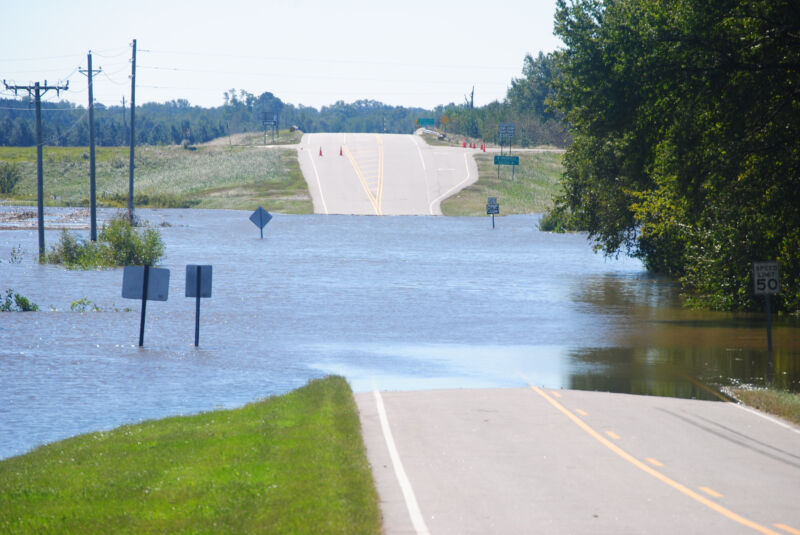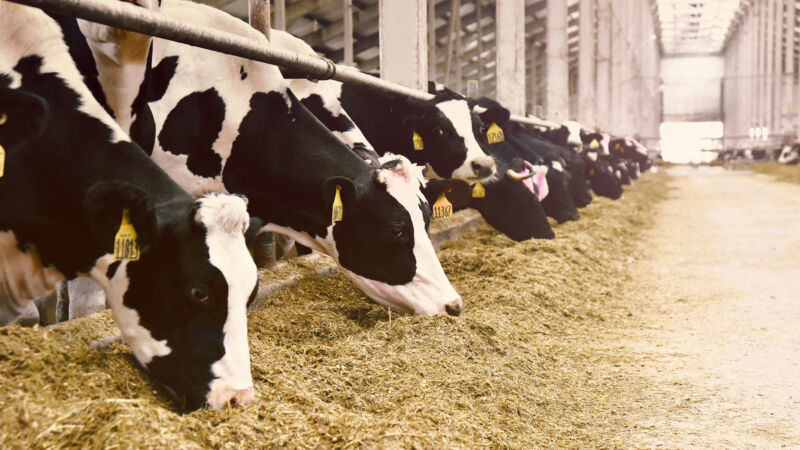-
 chevron_right
chevron_right
These angry Dutch farmers really hate Microsoft
news.movim.eu / ArsTechnica · Friday, 31 March, 2023 - 13:46

Enlarge (credit: Jeremy Moeller/Getty Images )
As soon as Lars Ruiter steps out of his car, he is confronted by a Microsoft security guard, who is already seething with anger. Ruiter, a local councillor, has parked in the rain outside a half-finished Microsoft data center that rises out of the flat North Holland farmland. He wants to see the construction site. The guard, who recognizes Ruiter from a previous visit when he brought a TV crew here, says that’s not allowed. Within minutes, the argument has escalated, and the guard has his hand around Ruiter’s throat.
The security guard lets go of Ruiter within a few seconds, and the councillor escapes with a red mark across his neck. Back in his car, Ruiter insists he’s fine. But his hands shake when he tries to change gears. He says the altercation—which he will later report to the police—shows the fog of secrecy that surrounds the Netherlands’ expanding data center business.








